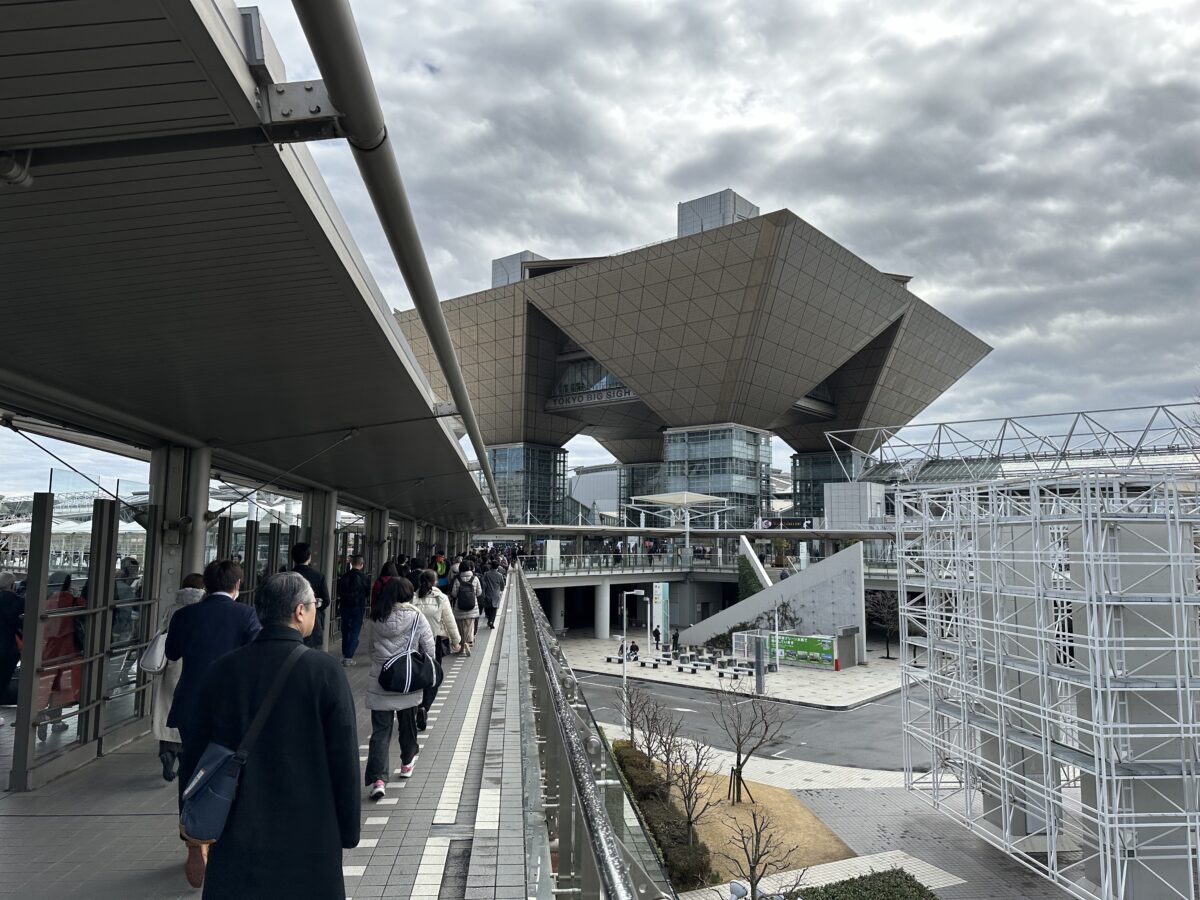Making the best of limited spaces was the overarching theme at this year's Smart Energy Week, held this week at Tokyo Big Sight. The event attracted around 70,000 visitors and exhibitors across six individual exhibition spaces in five halls. The organizers noticed a 30% increase in exhibitors over last year's show.
However, the growth in exhibitors and visitors does not reflect the growth of the market. Japan's solar installation figures have stood steady at around 6 GW to 7 GW per year and will remain at that level in 2024, said Izumi Kaizuka, director and principal analyst at RTS Corp. She believes the jump in exhibitors occurred because module manufacturers are sitting on a stockpile of modules that need to be sold. With China's installation figures projected to take a slight dip in 2024, competition to sell modules is increasing, leading manufacturers to sell their products in every market they can – and Japan is no exception.
That said, the Japanese market does have unique characteristics. For example, a lack of available land means that the market has traditionally mainly been driven by the rooftop sector. Japanese residential rooftops are small and fragmented, meaning that smaller modules must be pieced together to use available space, making them more popular than larger modules with higher efficiency rates.
Japanese manufacturers such as Sharp and Panasonic, as well as long-established suppliers from overseas, meet this demand with their offerings for the country. Trina Solar, for example, offers modules with the exact width for standardized corrugated metal roofs in Japan.
For larger commercial and industrial (C&I) rooftops, weight plays a critical role. Roofs made from corrugated metal were not designed to bear the weight of PV arrays. Therefore, many new module manufacturers entering the Japanese market this year are offering lightweight plastic modules to overcome this challenge. They range in weight from 6 kg to 11 kg for 450 W to 550 W modules, with installers adhering them directly onto metal rooftops. Such panels are rare in other parts of the world, but at the Tokyo event, more than half of the module manufacturers displayed them at their booths.
Another (possibly Japan-specific) module trend is the lack of a lower edge on modules for better water drainage. Longi, DAH Solar, and many other manufacturers displayed modules sprinkled with water, showing that panels with lower edges accumulate pools of moisture at the bottom. Preventing this helps to minimize soiling, according to the manufacturers.
In addition to rooftop installations, two other types of projects are currently dominant: agrivoltaics and PV for parking lots. Many mounting structure manufacturers exhibited solar carports for residential and commercial use. Germany-based S-Rack has set up a branch in Japan to sell these kinds of mounting structures and has reported a massive jump in demand for such solutions. S-Rack's technical sales representative, Jan Habenicht, said the company sold 80 systems in Japan last year, up from just three in 2022.
New PPA rules are also driving the Japanese carpark PV market, which is making it relatively easy to invest in projects. Habenicht said that banks, investors, and businesses with high power demand are actively seeking green investment options, including corporate PPAs, alongside legal parking lot owners. Local power companies are also seeking businesses with big parking lots for usable PV space. This market is something to watch in Japan.
Another big topic in the Japanese market is storage. Grid congestion issues have slammed the northern and southernmost regions of Hokkaido and Kyushu, with curtailment rates of 30% and higher for many project owners. There is no compensation for curtailed power in Japan, causing project developers to show growing interest in the co-location of battery storage and ground-mounted PV.
Kaizuka of RTS Corp. said she expects Japan’s PV market to reach 15 GW of installations per year in 2030 and about 23 GW in 2035. A combination of upward revisions of renewable energy targets, regulatory reform, lower component prices, and mandatory environmental, social and governance (ESG) investments will continue to drive the Japanese market. In the years to come, Japan could hit 279 GW of cumulative installations – well above the 117 GW target in its latest strategic energy plan.
This content is protected by copyright and may not be reused. If you want to cooperate with us and would like to reuse some of our content, please contact: editors@pv-magazine.com.




2 comments
By submitting this form you agree to pv magazine using your data for the purposes of publishing your comment.
Your personal data will only be disclosed or otherwise transmitted to third parties for the purposes of spam filtering or if this is necessary for technical maintenance of the website. Any other transfer to third parties will not take place unless this is justified on the basis of applicable data protection regulations or if pv magazine is legally obliged to do so.
You may revoke this consent at any time with effect for the future, in which case your personal data will be deleted immediately. Otherwise, your data will be deleted if pv magazine has processed your request or the purpose of data storage is fulfilled.
Further information on data privacy can be found in our Data Protection Policy.